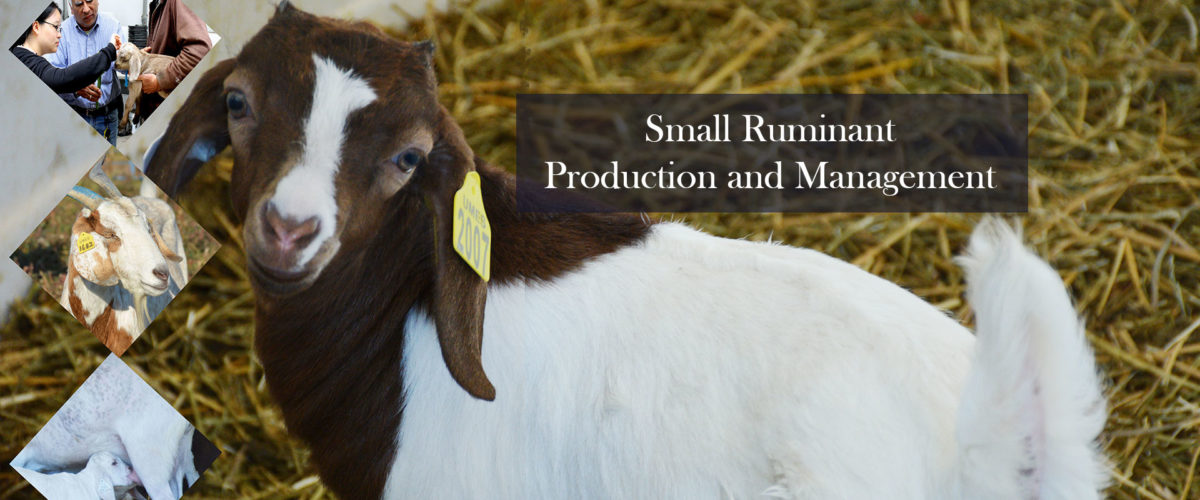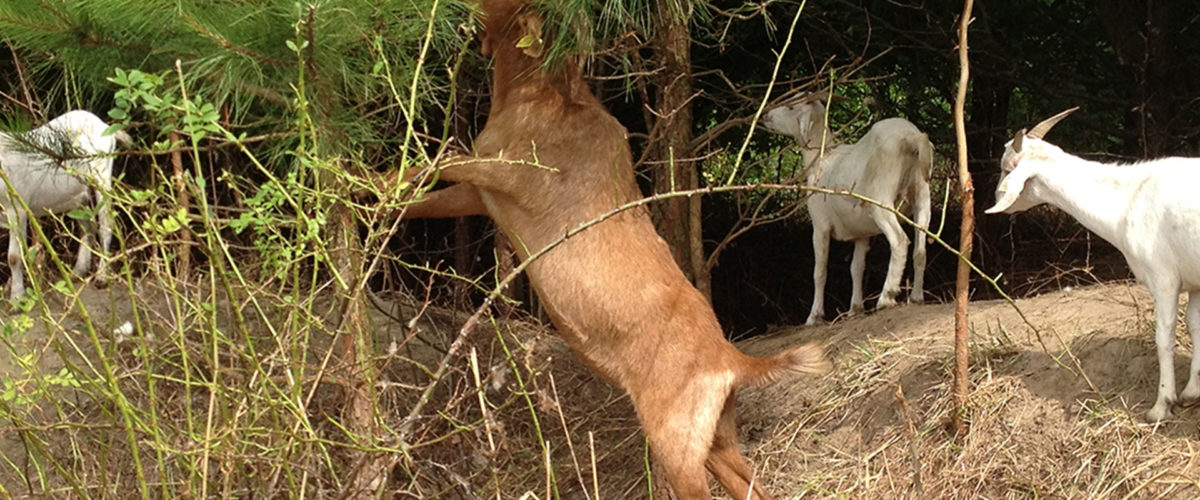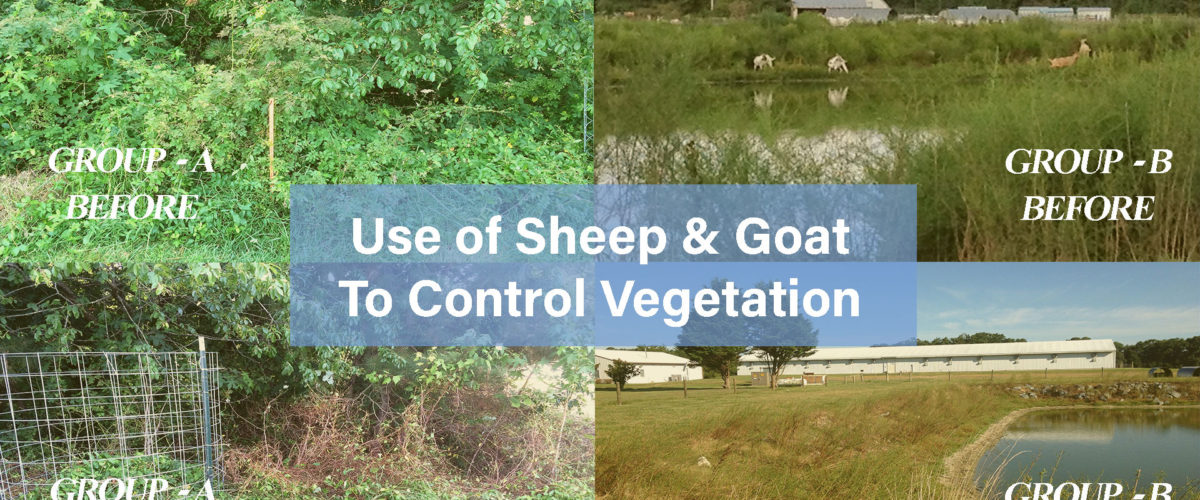About Us
Project Justification
Why sheep and goats:
Small ruminants (sheep and goats) have an advantage over bovines in terms of size and adaptability to foraging and browsing, and it is that distinctiveness that allows them to be used as an alternative to the use of herbicides or prescribed burning for tree farm planting preparation, rangeland improvement, or to enhance the landscape of recreational areas.
Why in Maryland:
Reports from the Maryland Department of Natural Resources, in Maryland 43.24% of the land is dedicated to tree forestry and it is challenging to balance environmental, social, and economic goals to achieve a sustainable forest management.
Previous Experiences:
On Delmarva (Maryland’s and Virginia’s Eastern Shore and Delaware), the instances where small ruminants have been used as a vegetation management tool are very anecdotal and there has not been an effort to organize and provide a continuous educational experience for sheep and goat producers, agriculturists, and consumers.
Environmental Conscious Alternative:
Some of the forest or recreational areas (wetlands, hiking trails, historic sites, state parks, etc.) must be managed, and the traditional clearing and preparation practices, namely prescribed burning or herbicide application, would compromise some of the foresters’ and park managers’ environmental goals. With appropriate planning and innovative strategies, small ruminants will very well suffice the need for clearing brush, vines, saplings, etc.
What is an invasive species?:
Historically, a universal definition for invasive species is very hard to find, because it seems that every governmental agency and environmental advocacy group has a different definition for it. In addition, the definitions seem to depend on the focus of the programs. Some related terms include: alien, exotic, non-indigenous, non-native.
What is unwanted vegetation:
The plant(s) that is(are) not appreciated in an area and small ruminants are capable of managing it or using it to produce some kind of animal product (milk, meat, fiber, hides, etc.).
Consequences of Unwanted Vegetation:
Unwanted plant species have infested vast areas of rangeland in the United States; experts predict that thousands of hectares will be invaded in the next few years if forests or rangelands are not managed adequately. In general, invasive plants or noxious plants are often not as desired for the proposed habitat, crop, or grazing land; have no natural predators; or can decrease biodiversity by choking out native plants and limiting the number of different species growing in one area. There are reports that unwanted vegetation could change the soil characteristics by increasing erosion, decreasing nutrient content, and altering nutrient cycles. Plant invasions in forests and public areas have a huge economic impact, conservative reports estimate that it costs up to $120 billion/year, including agricultural losses and human health impact.
The bottom line… is that unwanted plants cost money and decrease land values, and worse…they could negatively alter fire patterns and frequency.
What to do:
- In order to manage unwanted vegetation using small ruminants in a targeted grazing program, operators need to know about sheep and goat behavior, plant physiology, plant structure, plant growth patterns, plant species’ palatability/toxicity cycles, and have a clear end point in terms of the management goal.
- There are not many reported trials in the scientific literature about use of small ruminants managing unwanted vegetation. Agriculturists (researchers and extension specialists) potentially could face many unpredicted situations and other factors.
- For example, the trials are affected by weather, and it is challenging to compare a “dry year” to a “wet year.” Unwanted vegetation invasion is not uniform in every plot selected for the trial; and in order to statistically account for every variation at the experimental site, the area would have to be very large or have small plots that would limit animal/plant interaction and that could affect animal performance.
- The approach that seems to work the best is to answer the following question,
“WOULD SHEEP AND/OR GOATS EAT THE UNWANTED PLANT SPECIES?”- Then, once that question is answered with “YES”
- Identify a working rate on animal units per area
- Identify for how long the targeted area will carry the sheep and goats
- Identify the expected results:
- use the vegetation mass as nutritional source,
- manage the vegetation mass,
- or elimination of the unwanted plant
“Small Ruminants”
About the Conference
Galleries
Photo Gallery
Video Gallery
2021 Industrial Hemp Program
Contact Us
Quicklinks
Extension Home
SANS Home




